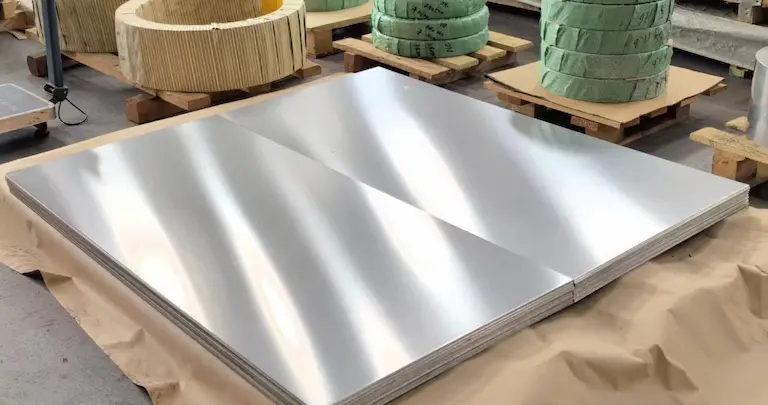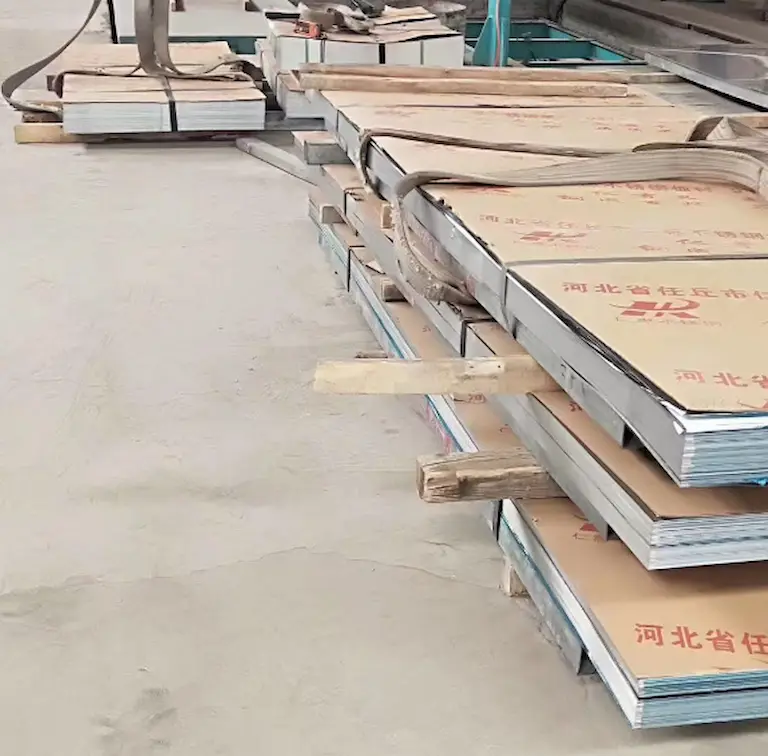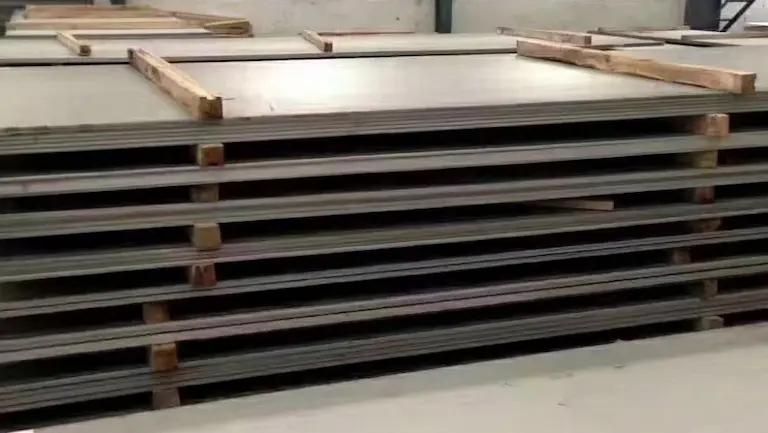304 Stainless Steel Sheet: Technicalities, Features

Ewan Liao

The most common and cost-effective sheet of stainless steel is the Stainless Steel 304.The Stainless Sheet has a strong resistance to corrosion in a wide range of chemical, industrial and marine atmospheres. 304 Stainless sheet, works and if not heat treatable, can become slightly magnetic.
Given that grade 304 is stainless steel, which is the most flexible and commonly in use. Its chemical composition, mechanical characteristics, solderability, formability, and resistance to corrosion/oxidation provide the most efficient all-around at a reasonably low cost. The balance of the austenitic structure of grade 304 makes it severely deep without intermediate adjustment, a grade that renders it dominant in the production of drawn stainless components.
Material Testing After You Place An Stainless Steel Foil Order
Hardness Testing
Ingredient detection
Tensile Strength Test
Table of Contents
What Is the 304 Stainless Steel Sheet?
The 304 stainless steel sheet is a highly versatile and widely used austenitic stainless steel, renowned for its excellent corrosion resistance and formability. This material, often referred to as 304 SS sheet, plays a critical role in numerous industries due to its exceptional mechanical properties and adaptability.
The 304 stainless steel sheet is an alloy composed primarily of iron, with chromium and nickel added to enhance its corrosion resistance and strength. This type of stainless steel is part of the austenitic family, characterized by its non-magnetic properties and high levels of chromium and nickel.
The 304 SS sheet is widely recognized for its ease of fabrication and outstanding resistance to rust and oxidation. It is commonly used in environments where exposure to corrosive elements is a concern. This stainless sheet is also known for its ability to maintain structural integrity under a wide range of temperatures.
Strength of 304 Steel Sheet
The 304 steel sheet offers impressive strength and durability, making it suitable for applications that require robust materials. It has a tensile strength of approximately 505 MPa and a yield strength of around 215 MPa. This balance of strength and ductility allows it to withstand significant stress without compromising its structural integrity.
Features of 304 Stainless Sheet
Key features of the 304 stainless sheet include:
- Corrosion Resistance: High chromium content provides excellent resistance to various forms of corrosion.
- Formability: Easily fabricated using standard processes.
- Weldability: Supports all standard welding techniques without the need for post-weld annealing.
- Hygiene: Smooth surface finish makes it ideal for sanitary applications.
Additionally, the availability of a 2B finish SS option offers a smooth, reflective surface that’s aesthetically pleasing and easy to clean.
Technical Parameters of 304 SS Plate
The 304 SS plate exhibits the following technical parameters:
- Density: 8.0 g/cm³
- Melting Point: 1450°C
- Elastic Modulus: 193 GPa
- Thermal Conductivity: 16.2 W/m·K at 100°C
These parameters contribute to its reliability in various industrial applications.
Read more about the A Complete Guide to 316 Stainless Steel Plate

Applications of 304 Stainless Steel
The versatility of the 304 stainless steel plate makes it suitable for a broad range of applications, such as:
- Food and Beverage Industry: Used in equipment and utensils due to its non-reactive nature.
- Architectural Design: Employed in building facades and decorative elements for its aesthetic appeal.
- Chemical Processing: Ideal for tanks and piping that handle corrosive substances.
- Medical Equipment: Preferred for its hygienic properties and ease of sterilization.
According to the Stainless Steel Information Center, “Type 304 stainless steel is widely used in the food industry because of its resistance to corrosion from the various acids found in meats, milk, fruits, and vegetables” [1].
Chemical Composition of 304 Stainless Steel
The chemical makeup of 304 stainless steel includes:
- Chromium (Cr): 18.0–20.0%
- Nickel (Ni): 8.0–10.5%
- Carbon (C): Max 0.08%
- Manganese (Mn): Max 2.0%
- Silicon (Si): Max 0.75%
- Phosphorus (P): Max 0.045%
- Sulfur (S): Max 0.03%
This composition ensures a balance between corrosion resistance and mechanical strength.
Are 304 and 301 Stainless Steel Plates Interchangeable?

The letter “L” in AISI means low Carbon. In other words, it has a low percentage of Carbon in its alloy or chemical composition, which is less than or equal to 0.03% of its mass.
